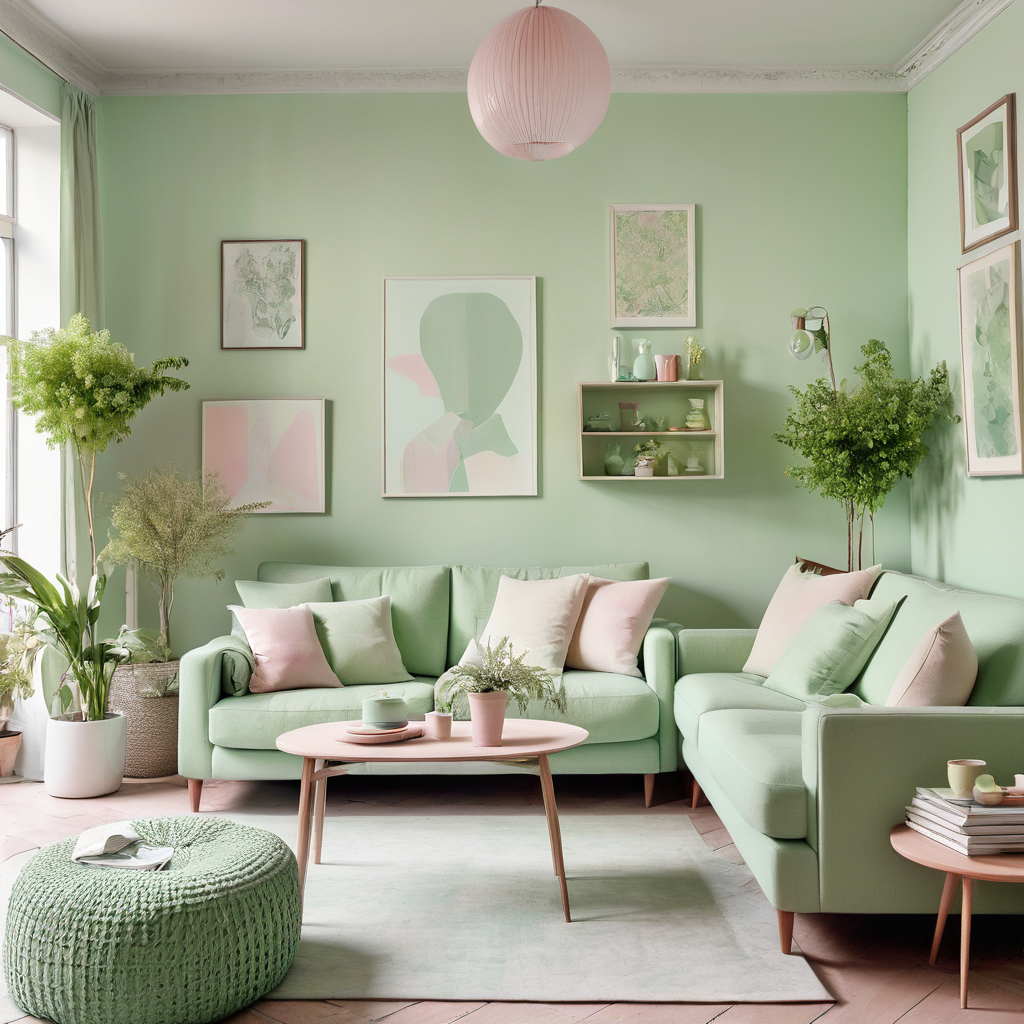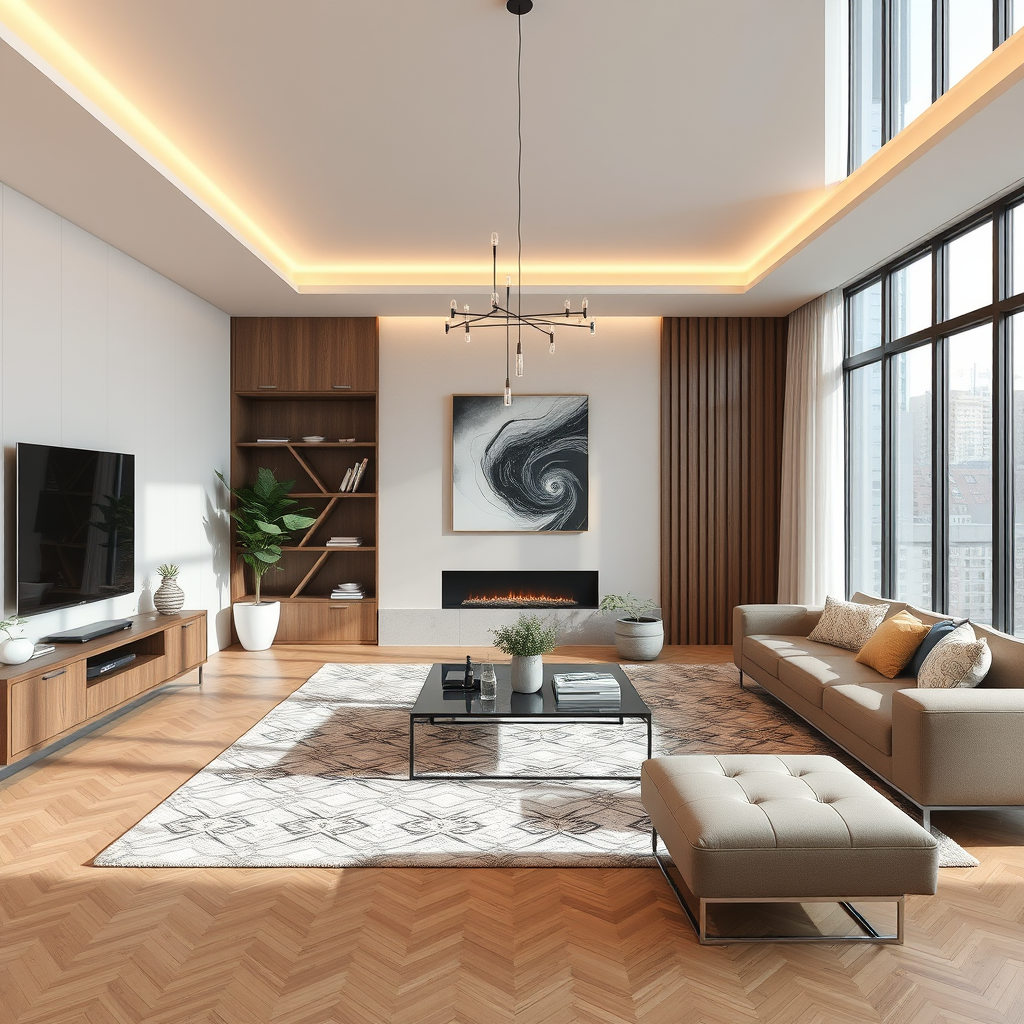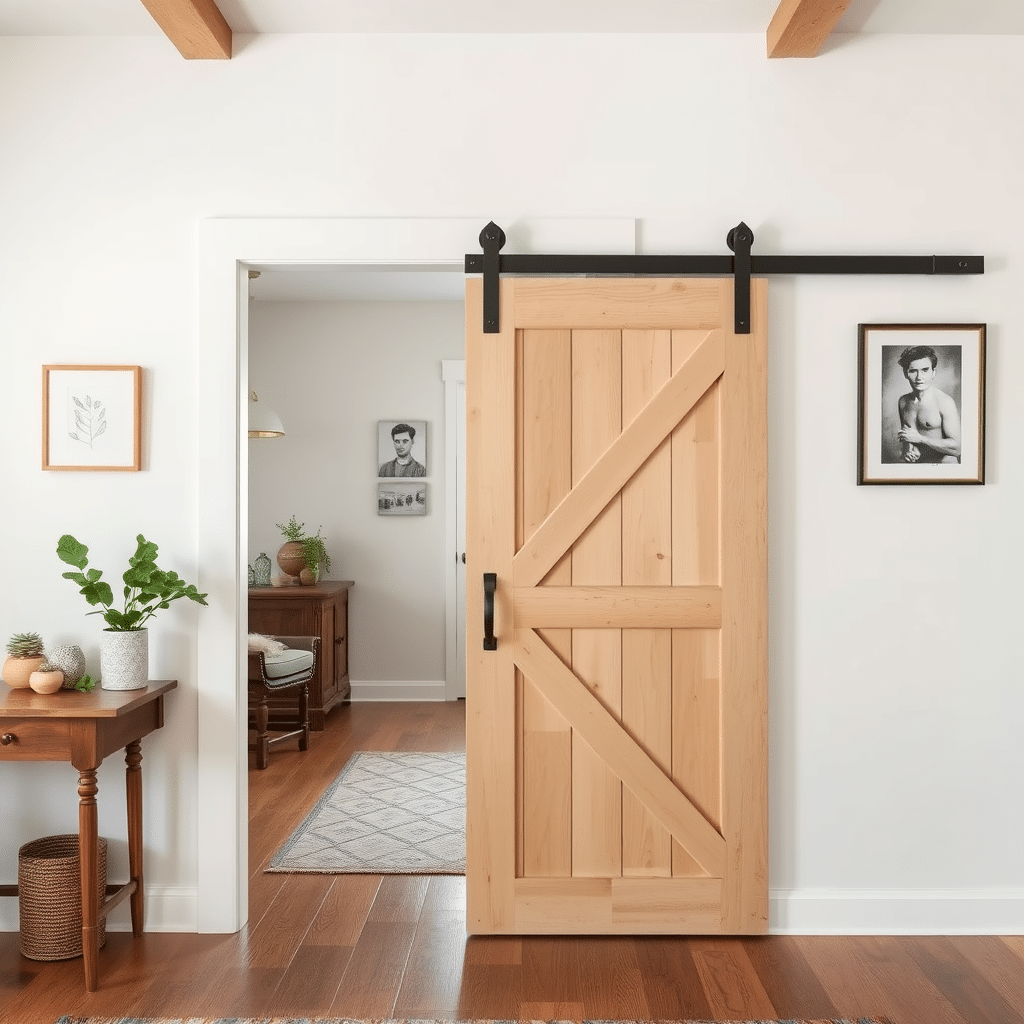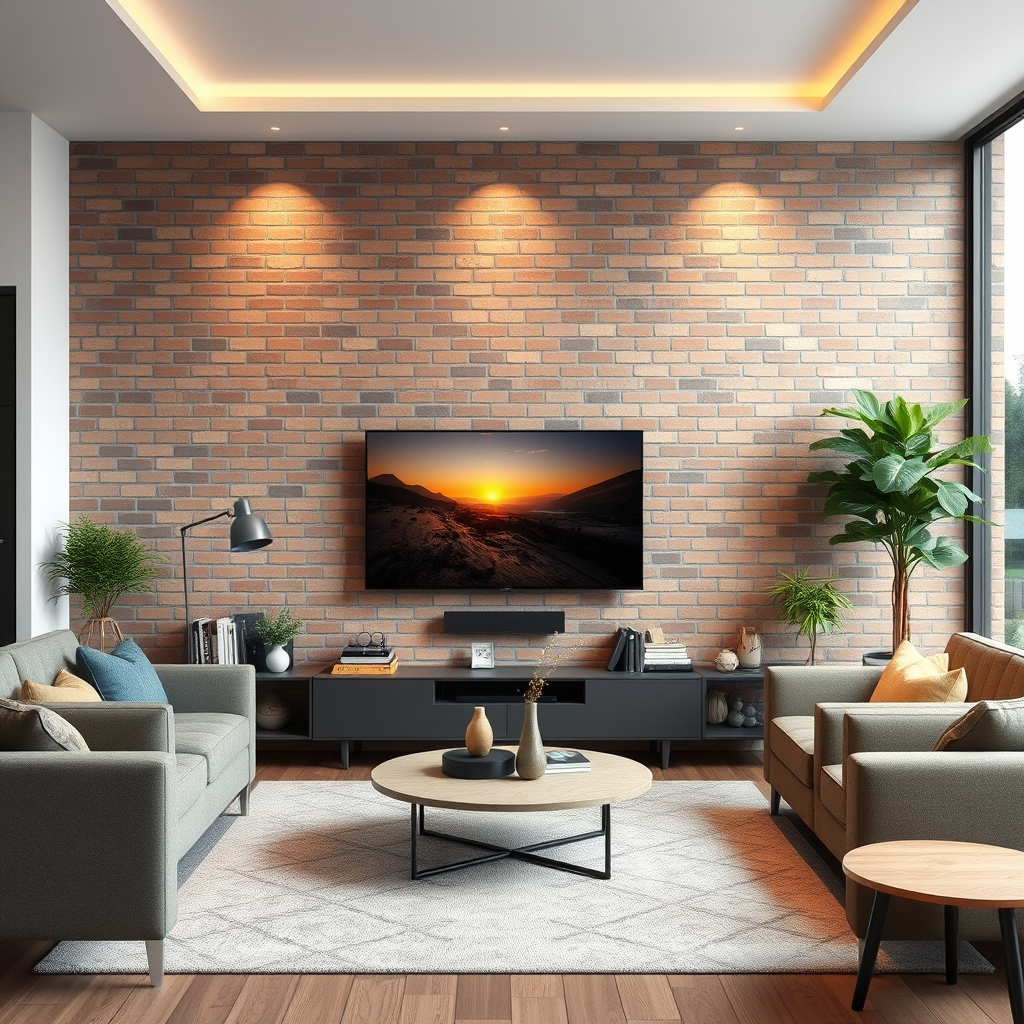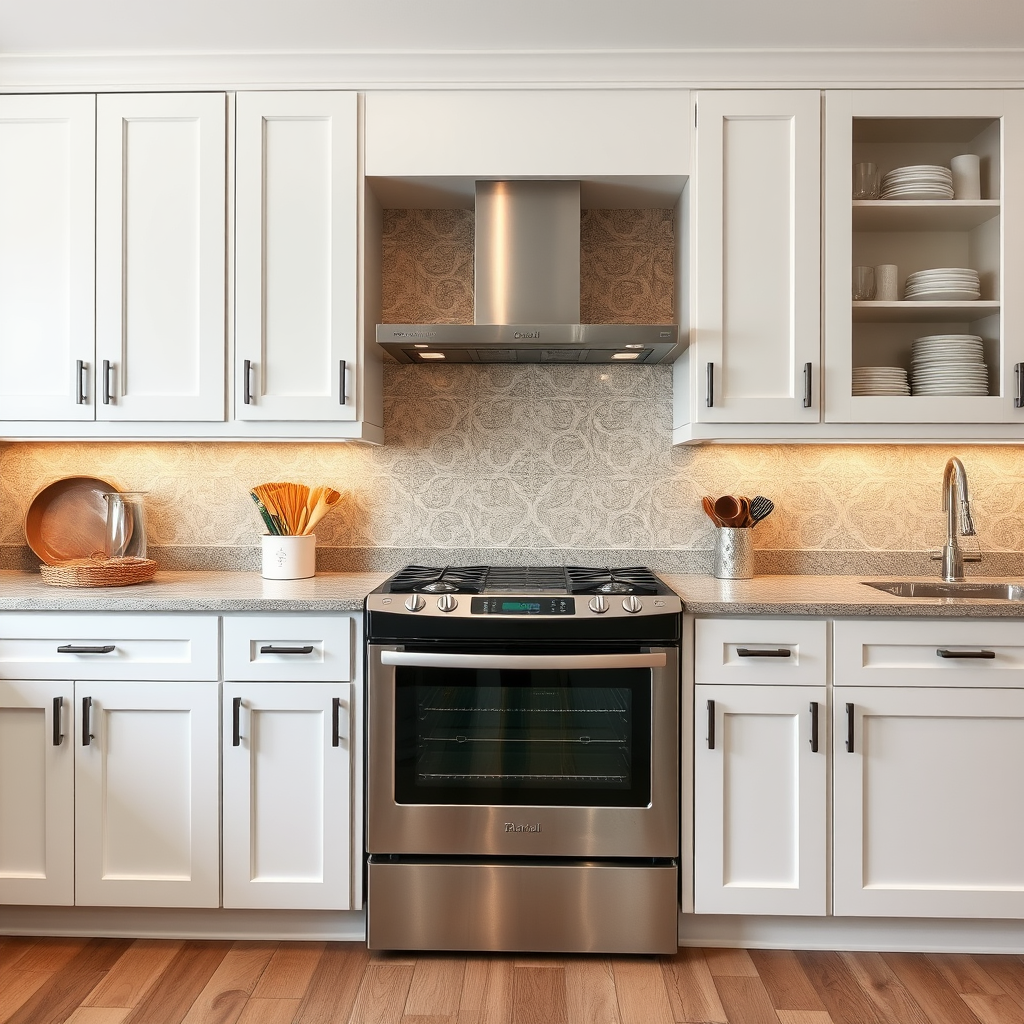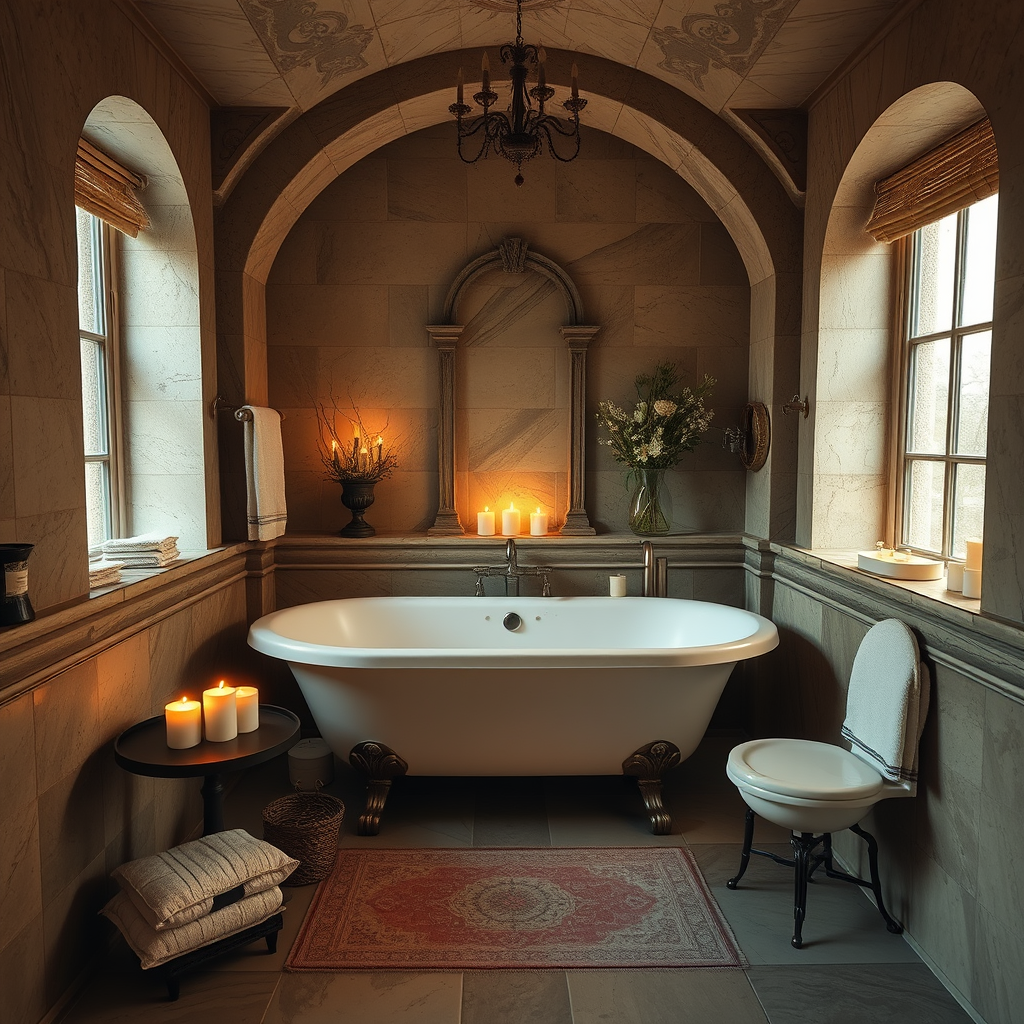In the realm of interior design, color holds remarkable power. Each hue has its own unique personality, capable of transforming a space from mundane to mesmerizing. Among this vibrant palette, green stands out as a versatile and enchanting choice. From serene forest tones to lively emeralds, the various shades of green offer endless possibilities for creating inviting and harmonious interiors.
**Harmony with Nature**
Green is intrinsically linked with nature, evoking feelings of tranquility and rejuvenation. Incorporating shades of green into interior spaces can bring a sense of the outdoors inside, fostering a connection with the natural world. Whether through lush houseplants, verdant accent walls, or earthy furnishings, infusing green into the design scheme can create a calming sanctuary amidst the chaos of modern life.
**Balancing Act**
One of the key advantages of green in interior design is its ability to balance other colors and elements within a space. As a secondary color on the color wheel, green complements a wide range of hues, from warm earth tones to cool blues. Its versatility allows it to serve as both a dominant focal point or a subtle accent, depending on the desired ambiance. Pairing green with neutrals such as white or beige can create a fresh, airy atmosphere, while combining it with rich jewel tones like sapphire or amethyst adds depth and drama to a room.
**Energizing or Soothing**
The psychological effects of green are diverse, depending on the shade and intensity used. Lighter greens, such as sage or mint, are inherently soothing and refreshing, making them ideal for bedrooms, bathrooms, or meditation spaces. On the other hand, deeper greens like emerald or hunter green exude a sense of sophistication and opulence, perfect for creating a cozy atmosphere in living rooms or libraries. Additionally, vibrant shades of green, such as lime or chartreuse, can inject energy and vitality into kitchens, dining areas, or home offices, inspiring creativity and productivity.
**Versatile Applications**
From wall paint to furniture upholstery, there are countless ways to incorporate green into interior design. For those hesitant to commit to a specific shade, accessories such as throw pillows, rugs, or artwork offer a low-risk way to experiment with color. Alternatively, statement pieces such as velvet sofas or accent chairs in rich green hues can instantly elevate the elegance of a room. For a more subtle approach, integrating green through natural materials like wood, marble, or terrazzo adds texture and visual interest without overpowering the space.
**Creating Balance**
When incorporating green into interior design, it’s essential to strike a balance between different elements to achieve harmony and cohesion. Mixing various shades of green with complementary colors and textures prevents the space from feeling monotonous or overwhelming. Additionally, incorporating ample natural light enhances the vibrancy of green tones, creating a welcoming and inviting atmosphere.
In conclusion, green is a captivating and versatile choice for interior design, offering a myriad of possibilities for creating serene, harmonious, and visually stunning spaces. Whether used as a subtle accent or a dominant feature, green has the power to transform any room into a verdant oasis, inviting occupants to relax, recharge, and reconnect with nature within the comforts of their own home.

